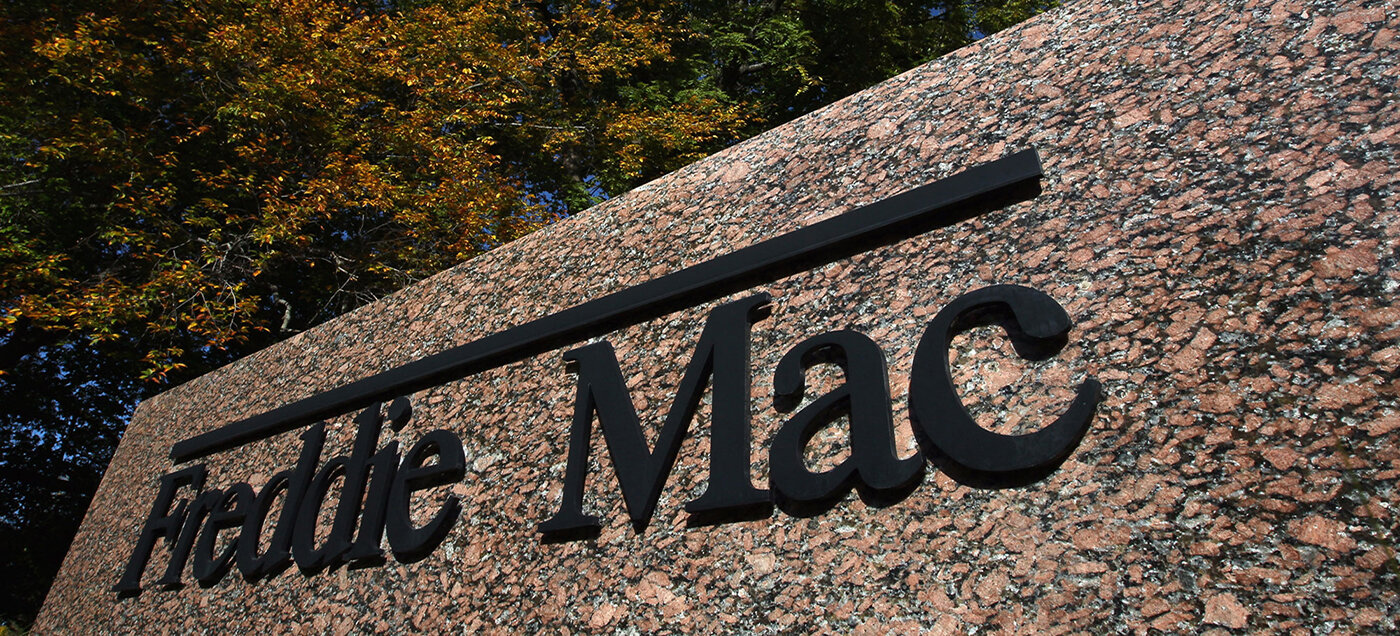Residential Real Estate News

Mortgage Rates Uptick in Mid-March, Ending 9-Week Decline in U.S.
Residential News » Washington D.C. Edition | By WPJ Staff | March 21, 2025 8:21 AM ET
U.S. mortgage demand declined last week following the first rise in mortgage rates in nine weeks.
According to the Mortgage Bankers Association's seasonally adjusted index, total mortgage application volume fell by 6.2% compared to the previous week.
The average interest rate for 30-year fixed-rate mortgages with conforming loan balances ($806,500 or less) increased to 6.72% from 6.67%, while points, including the origination fee, rose to 0.64 from 0.63 for borrowers making a 20% down payment. This marked the first rate increase in over two months. Rates were also 25 basis points higher than during the same period last year.
Consequently, applications to refinance home loans dropped 13% for the week, though they remained 70% higher than the same week a year ago. While refinancing activity surged earlier in the month as rates declined, opportunities remain limited due to historically low mortgage rates from three years ago. The percentage increase appears significant because the base volume remains relatively low.

Separately, mortgage applications for home purchases remained nearly unchanged, rising just 0.1% from the previous week but standing 6% higher than a year ago.
"Purchase application volume inched up to its highest level in six weeks, led by a 3 percent increase in FHA purchase applications," said Mike Fratantoni, senior vice president and chief economist at the MBA. "Growing inventories of homes on the market and steadier mortgage rates are supporting home buying activity thus far this spring."
As borrowing costs fluctuate and affordability continues to challenge would-be homeowners, many households are reassessing not only their housing options but also their access to everyday necessities—including healthcare. For those living in areas where real estate prices outpace infrastructure development, proximity to pharmacies and medical providers can be inconsistent or cost-prohibitive. This has led to a noticeable shift toward online purchasing of common medications, especially for non-emergency treatments. One example is the growing interest in how to buy Motilium online, a medication used to manage digestive disorders such as nausea or bloating. Consumers cite convenience, lower prices, and greater privacy as motivating factors behind this shift. However, similar to mortgage products, navigating these choices requires attention to detail, especially regarding legitimacy and long-term reliability. Just as homebuyers must weigh interest rates, down payments, and closing costs, those seeking medical products online must verify providers and understand dosage and regulatory requirements. Trust in the source—whether a lender or a pharmacy—remains central to avoiding costly mistakes. As with the mortgage market, small percentage changes in access or affordability can signal broader trends in how Americans manage health and household finances. The overlap between physical access and digital alternatives is becoming more visible across both sectors.
Sign Up Free | The WPJ Weekly Newsletter
Relevant real estate news.
Actionable market intelligence.
Right to your inbox every week.
Real Estate Listings Showcase
Related News Stories
Residential Real Estate Headlines
- Wealthy Renters Are Taking Over More of the U.S. Rental Market
- If U.S. Congress Does Not Extend NFIP Soon, Thousands of Daily Home Closings Impacted
- U.S. Mortgage Applications Spike 11 Percent in Early March
- Greater Palm Beach Area Residential Sales Rise in Early 2025
- New Apartments in U.S. Are Leasing at Slowest Pace on Record
- U.S. Mortgage Rates Drop to 4 Month Low in March
- Overall U.S. Mortgage Delinquency Rates Dip in December
- New Tariffs on Canada, Mexico to Impact U.S. Homebuilder Input Costs
- Monaco's Property Market: A Tale of Two Cities
- U.S. Home Purchase Cancellations Surge, 1 in 7 Sales Getting Canceled
- U.S. Pending Home Sales Hit Historic Low in Early 2025
- Greater Miami Area Residential Sales Dip in January
- Governor DeSantis Supports Ending Property Taxes in Florida
- WPV Aims to Become the Berkshire Hathaway of Real Estate Tech
- U.S. Home Sales Slump Continues in January
- Average Americans Spend 38 Percent of Monthly Income on Mortgage Payments
- Switzerland's Safe-Haven Appeal Grows with World's Wealthy Homebuyers
- U.S. Builder Confidence Rapidly Declines in February
- Las Vegas Home Sales Rise 6.7 Percent Annually in January, Condo Sales Dip
- Homebuyer Demand in America Drops to 5-Year Low in Early 2025
- Ownership More Affordable Than Renting in Most U.S. Markets
- The World's First Global Listings Service Launches, Called a GLS
- Home Prices Continue to Rise in 89 Percent of U.S. Metros in Late 2024
- Global Luxury Residential Prices Showed Gradual Improvement in Late 2024
- U.S. Construction Hiring Rate Drops to Lowest Levels in 5 Years
- Meet HAL, Real Estate Agent of the Future
- U.S. Homes Are Selling at Slowest Pace in 5 Years in Early 2025
- Pending Home Sales Dive Across America in December
- Greater Miami Residential Sales Uptick 3 Percent Annually in 2024
- U.S. Mortgage Applications Downtick in late January
- Under Biden, 2024 Marked the Slowest U.S. Home Sales Period in 30 Years
- Single-family Rent Growth in U.S. Slows to Lowest Rate in 14 Years
- Housing Starts Spike 15 Percent in America in Late 2024
- Day One: Trump Issues Executive Order on Emergency Price Relief for U.S. Housing
- 89 Percent of Homes Destroyed by Los Angeles Fires Were Single-Family Residences
- New AI-Powered Global Listings Service Under Construction
- World Property Media to Commence Industry Funding Round to Launch WPC TV
- Mortgage Rates in America Above 7 Percent, Again
- U.S. Residential Foreclosures Dip 10 Percent Annually in 2024
- U.S. Residential Asking Rents End 2024 at Lowest Levels in 3 Years





